
Lot 326
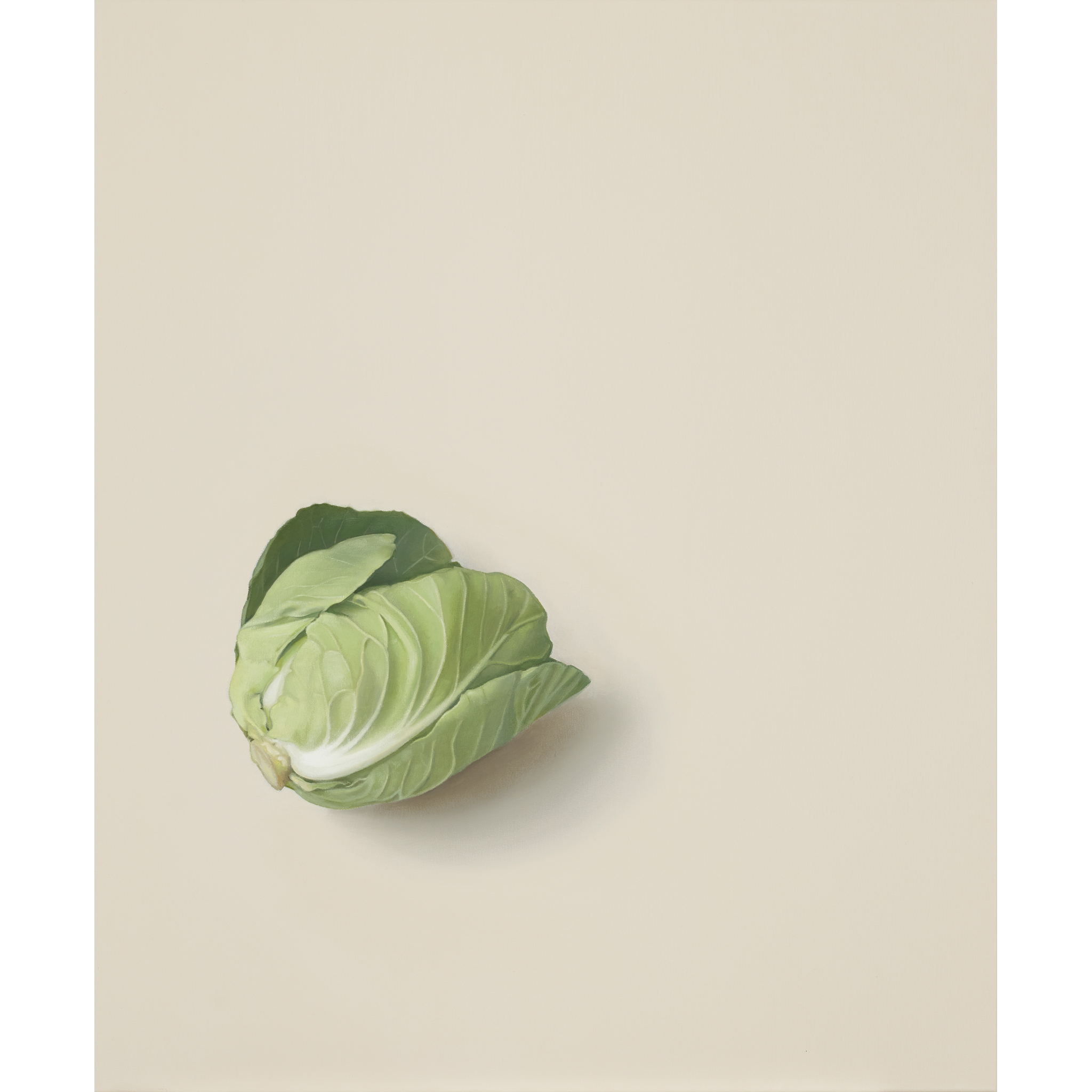
ALISON WATT O.B.E., F.R.S.E., R.S.A. (SCOTTISH B.1965) §
STOCKING, 2020-21
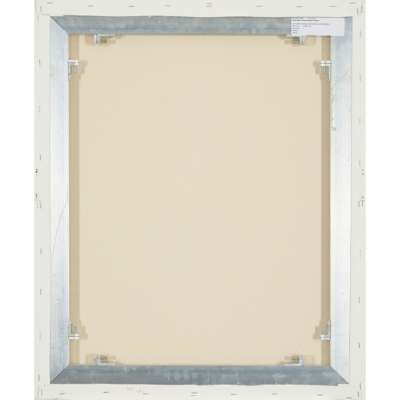
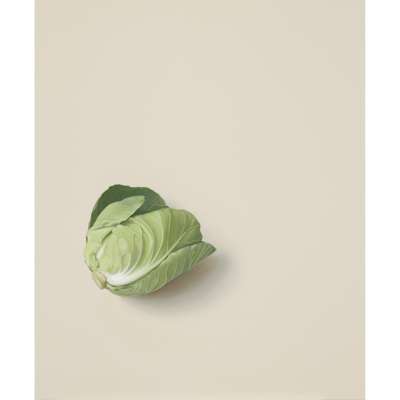


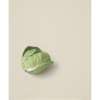
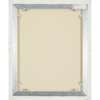
Auction: 19 March 2025 from 10:00 GMT
Description
oil on canvas
Dimensions
75cm x 62cm (29 ½in x 24 ½in) (unframed)
Footnote
Exhibited: Scottish National Portrait Gallery, Edinburgh, Alison Watt: A Portrait Without Likeness, 17 July 2021- 9 January 2022
‘I can’t deny the lure of the past.’ – Alison Watt
Alison Watt is one of the UK’s most respected painters working today. Her oeuvre has gradually evolved since her figurative works first came to public attention at her sold out Glasgow School of Art degree show. Over time the figures left our line of sight, leaving only the suggestion of their presence, her paintings pushing almost to the point of abstraction in her famous canvases of minimalistic white drapery. The latest direction - represented by the two works offered here - is markedly different again, though along a logical continuum. The figures have left the frame entirely and what remains is a psychological examination of their vestiges. Those familiar with her career will recognise that her work’s current iteration is the next step in her on-going exploration of, as she puts it, ‘the different ways in which a human being can be represented without being present…’
Though an artist with a singular voice, her work is underpinned by a fascination with and debt to the precise and lusciously detailed work of the Old Masters. It was this aspect of her work that the Scottish National Portrait Gallery sought to explore in their exhibition Alison Watt: A Portrait Without Likeness (Edinburgh, 2021-2022), which juxtaposed Watt with the work of one of her great inspirations, Allan Ramsay. Watt immersed herself in the gallery’s collection of Ramsays, including accessing his archived sketchbooks. The resultant body of work was exhibited alongside two of his most celebrated portraits, those of his first and second wives.
Many of the aspects Watt admires in Ramsay’s work, she also shares: the simplicity and “geometry” of composition, balanced against the fine detail and delicacy of technique, and a depth of feeling tangible in the painting process itself. Ramsay’s portraiture is celebrated for its deep intimacy; his best work is frequently said to be of the interesting, intellectual women of his close acquaintance. Watt conveys that same intimacy in the present paintings, an unspoken narrative suggested in the quiet grandeur of her still lives. She raises gentle, unanswered questions about the objects’ symbolism. In Watt’s own words, the still life ‘can both offer you familiarity with an object, but also transcend the everyday.’
Stocking was one of the works created for the Scottish National Portrait Gallery exhibition, with Frances a continued exploration on the theme in 2022. The cabbage leaf in the latter is a reference to the one held by Ramsay’s sitter Lady Boscawen in his portrait of her of 1747. In the exhibition catalogue text, historian Tom Normand remarks on the eccentricity of Ramsay’s choice of such an object as a prop. At face value, Boscawen was a keen horticulturalist, and on a second level it might be understood to represent the mother of five’s fecundity. Watt, intrigued by the mystery, amplifies it further by isolating the object and placing it within a contextless blank backdrop. As with Watt's famously allusive folds of drapery, the elevation of a mundane object and the strange intimacy this choice engenders makes complex what at first appears simple. As Normand puts it, the cabbage leaf ‘is revealed as a charismatic organism. Its familiarity is complemented by its wild exoticism; its mundane aspect becomes a strangely erotic cypher.’
Boscawen, a painting closely related to Stocking and Frances, was purchased for the Scottish national collection with support from the Patrons of the National Galleries of Scotland in 2022.






